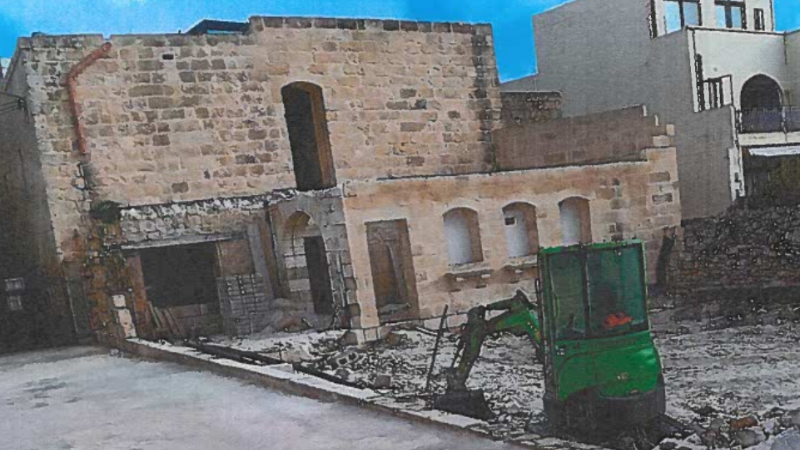Through 2017 the Planning Authority (PA) continued to issue a large number of dubious permits including scores of agricultural stores in the countryside and apartments which are deforming historical town and village cores.
But only a few are big enough to attract the media spotlight. These were the seven most controversial permits issued in the past year.
1. 7-floor development in Cloisters’s gardens
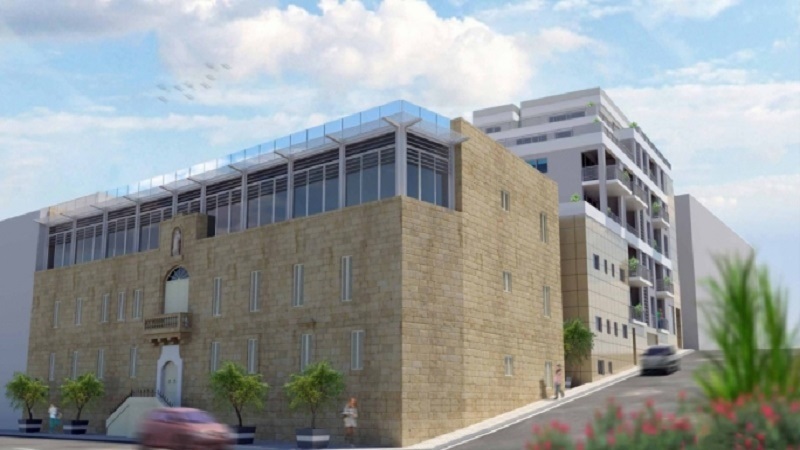
Architect’s rendition of the redevelopment of the building
In March, the PA board has approved a seven-storey development in the gardens of Mrabat Street’s stately mansion in St Julian’s, and the addition of a new floor on the historical facade of the Grade 2 building which will be restored and converted in a 30-room hotel.
The Cloisters enjoys grade 2 protection, which precludes demolition but allows minor alterations and additions which respect the architectural context and integrity of the building.
NGO Din L-Art Helwa said the planned extension will not only destroy the historic garden but will result in an eight-storey building which will completely overpower the historic mansion.
2. ODZ dwellings in Kalkara
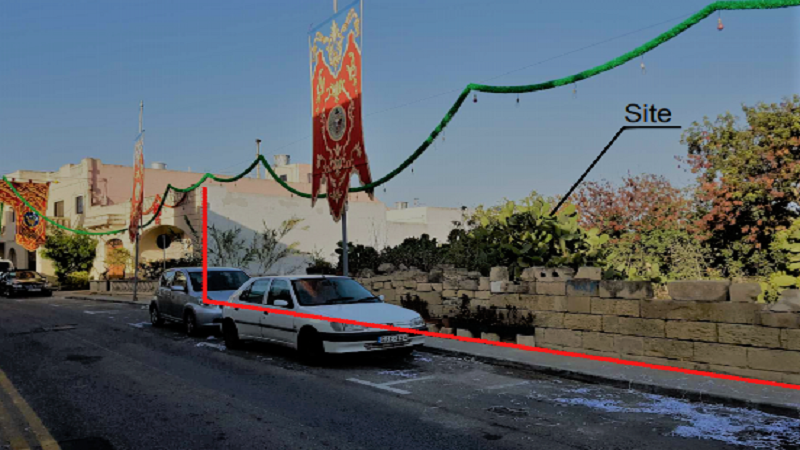
Site of Kalkara ODZ development
A few days before the general election the PA approved for the construction of four outside development zone (ODZ) dwellings and underlying garages in a hamlet in Triq Santu Rokku in Kalkara, despite four prior refusals by the authority for development on the same 1,400 square metre site.
The area is in the vicinity of the Rinella valley and forms part of an Area of Ecological Importance, enjoying Level 4 protection – a level of protection accorded to buffer zones to areas enjoying a higher level of protection.
The local plan includes a “presumption against new development” in this rural hamlet. The authority had already turned down an application in 2015 presented by auto dealer Norbert Bellia who owns the land in question.
Architect and government consultant Robert Musumeci, who represented Bellia in both the current and in a previous application, argued that the proposal should be considered in view of commitments on adjacent sites and in view that the development is being proposed in an “infill site” between two older dwellings.
But the new dwelling will also extend into agricultural land, which goes deeper into the countryside than any of the existing buildings. According to the Environment and Resources Authority the development will disrupt the rural setting and adversely affect the ecological importance of the relevant site and the surrounding Area of Ecological Importance/Site of Scientific Importance.
3. Fireworks factories in Gharghur and Gharb
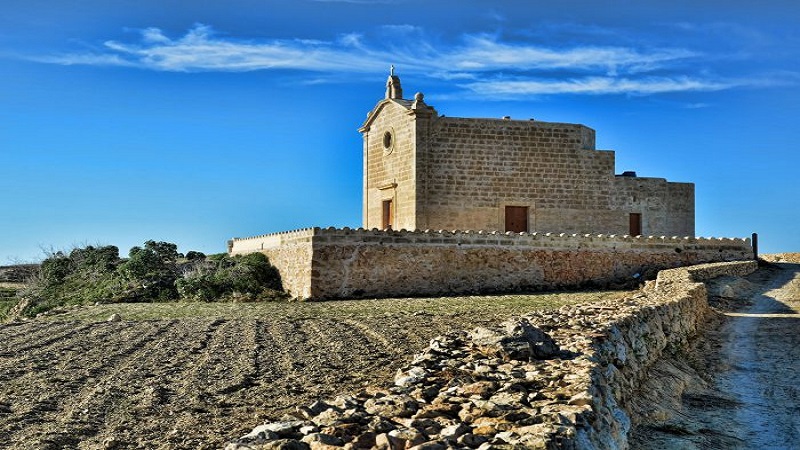
A fireworks factory will be build 300 meters away from the legendary chapel in Gozo
Just one day before the 3 June general election, the PA approved the extension of an existing fireworks factory located in Wied id-Dies, Gharghur.
The development was allowed in an area which, according to a case officer report issued in 2014, has been proposed for scheduling as a level 2 and Level 3 Area of Ecological Importance (AEI).
Before the approval of the new policy on fireworks approved by the government in 2014 the application was recommended for refusal because of the “environmental impacts on the existing natural features of the site”.
In a separate case, the PA ignored warnings by the Superintendence for Cultural Heritage and has approved a fireworks factory just 300 meters away from the legendary San Dimitri chapel.
The Superintendence had warned that the fireworks factory proposed in Gharb poses “a real threat to the integrity” of the historic San Dimitri chapel.
4. ODZ Old People’s Home in Naxxar
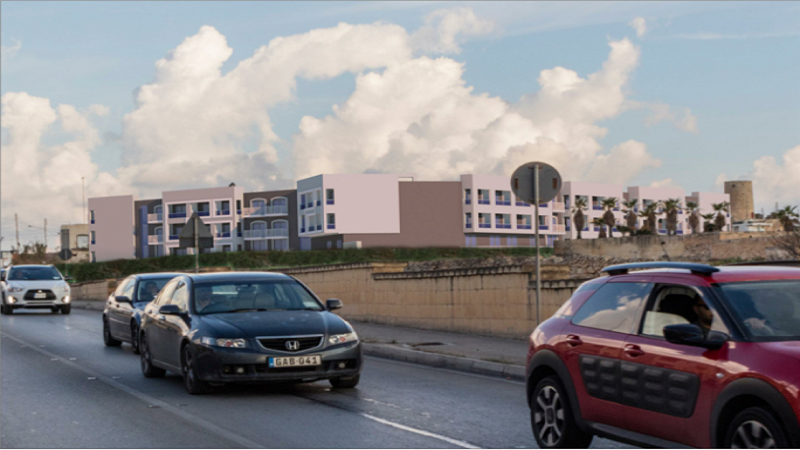
Photomontage of ODZ old people’s home which was approved in Naxxar.
In June, the PA approved a controversial elderly residence proposed by GAP Holdings in an outside development zone in the limits of Naxxar, citing “financial feasibility” to reject two alternative sites within development boundaries.
The project will see the construction of a three-storey, 234-bed facility on a 4,748 square metre ODZ site on Għargħur Road, close to the telecommunications station.
The Environment and Resources Authority had objected to the proposal, citing the impacts of further urban development in ODZ areas. The authority also raised concerns over the “visually intrusive” massing as well as noise and dust during construction.
5. ODZ petrol station in Burmarrad
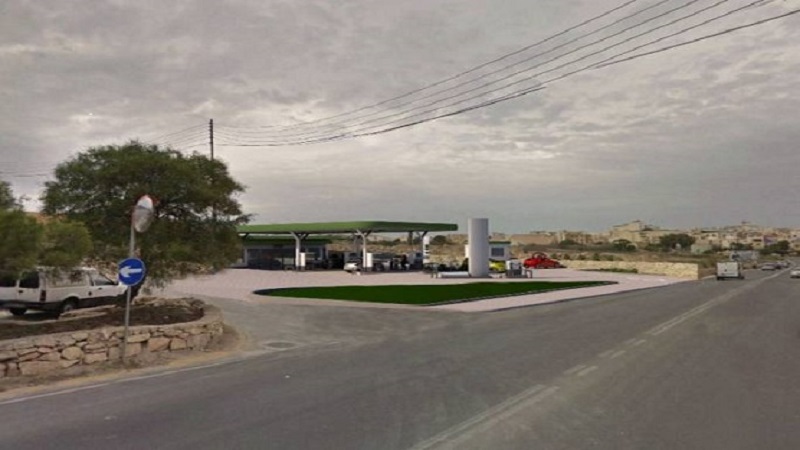
Photomontage of petrol station approved in Burmarrad
A planning application to construct a brand new petrol station on 3,000 square metres of ODZ land in Burmarrad – opposite the Kiabi complex – was approved in July, after the PA imposed a €50,000 fee as compensation for the environmental impact.
The Environment and Resources Authority had objected to the application insisting that it was “unacceptable from an environmental point of view, given that the overall development/interventions will commit the entire site and introduce unnecessary and excessive formalisation, and uptake of land at the expense of undeveloped rural land.”
6. Five extra floors on Gzira tower
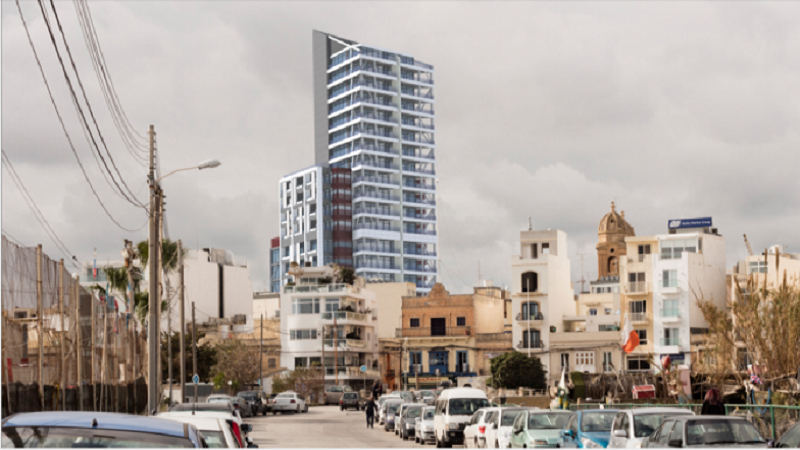
The addition of five storeys to the 16-storey ‘14 East’ tower in Gzira originally approved in 2015, on the site of the former United Garage, was approved in August.
The developers had to make an extra contribution of €2,807 to fund environmental and urban improvement projects, traffic management, green transport and similar projects in Gzira, in return for the green light on the five new storeys.
The total “planning gain” for the whole 21-storey project will now amount to €32,527.45.
The PA’s Design Advisory Committee, which includes within it architect Ray Demicoli – and himself an architect involved in other high-rise developments – noted “that the additional height will contribute to improve the proportion of the building.”
7. Legalisation of Siġġiewi Zoo
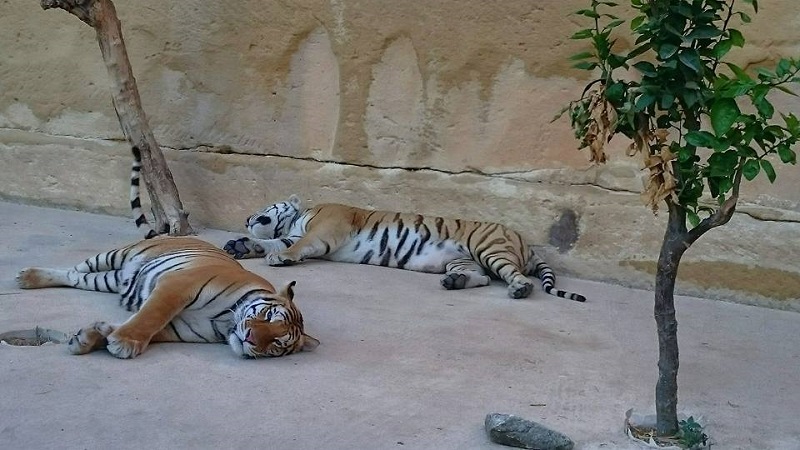
The Arka ta’ Noe zoo was legalised by the PA on condition that it allows free school visits
In October the PA regularised an illegally developed 10,500 square metre zoo in Siġġiewi, despite the objections of the environment authority.
The illegal structures which were sanctioned included enclosures for a vast menagerie: Siberian tigers, black leopards, alpacas, wallabies and monkeys – as well as a car park and a farmhouse serving as a residence and catering facility.
The Environment and Resources Authority had objected to the application, which it said would “contribute to the overdevelopment of the site with adverse, cumulative environmental impacts, including the further encroachment, proliferation and scattering of new buildings and structures which could have easily been located within designated urban areas”.
A proposed planning gain of €50,000 was changed into a requirement for an agreemeent to be reached with the Education Department to facilitate free school visits. But it later emerged that visits to zoos are banned by the Education Department.





